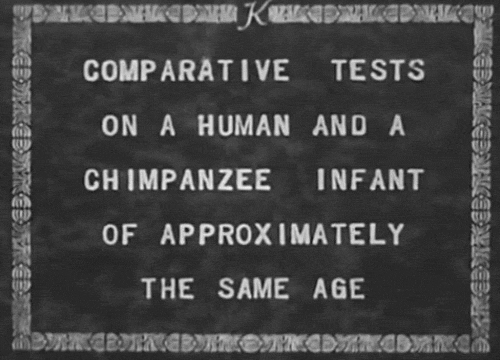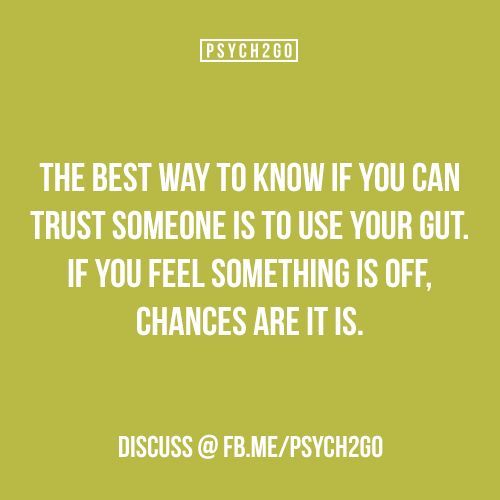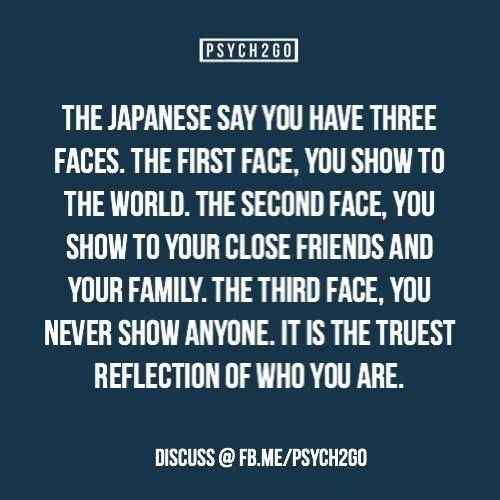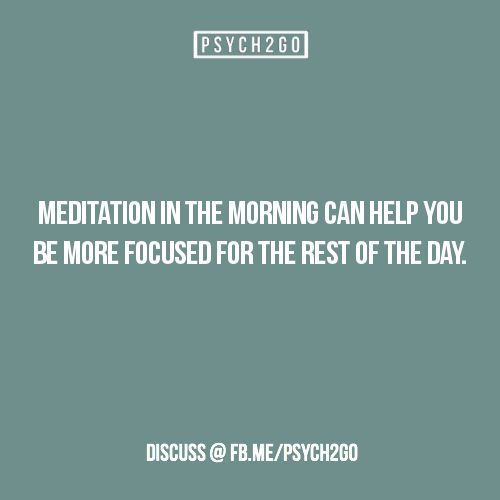Scientists Discover Schizophrenia Gene Roles In Brain Development

Scientists discover schizophrenia gene roles in brain development
A USC research team identified 150 proteins affecting cell activity and brain development that contribute to mental disorders, including schizophrenia, bipolar condition and depression.
It’s the first time these molecules, which are associated with the disrupted-in-schizophrenia 1 (DISC1) protein linked to mental disorders, have been identified. The scientists developed new tools involving stem cells to determine chemical reactions the proteins use to influence cell functions and nerve growth in people.
“This moves science closer to opportunities for treatment for serious mental illness,” said Marcelo P. Coba, the study author and professor of psychiatry at the Zilkha Neurogenetic Institute at the Keck School of Medicine of USC.
The findings appear in Biological Psychiatry.
Schizophrenia affects less than 1 percent of the U.S. population, but has an outsized impact on disability, suicide and premature deaths.
The DISC1 gene was linked to schizophrenia nearly 20 years ago. It controls how nerve cells called neurons develop, as well as how the brain matures. DISC1 also directs a network of signals across cells that can contribute to the disease. Scientists say errors in these chemical reactions contribute to schizophrenia.
But the identity of proteins that DISC1 can regulate is poorly understood, prompting the USC researchers and colleagues from the State University of New York Downstate Medical Center to undertake the research. The challenge was to simulate conditions inside the human brain, Coba explained.
Using stem cells, they conducted assays resembling habitat where DISC1 does its work. They then used gene editing to insert a molecular tag on DISC1, allowing them to extract it from brain cells and identify the proteins with which it associates.
Identifying the proteins that interact with DISC1 in brain cells could lead to understanding how the risk factors for psychiatric diseases are connected to specific molecular functions, Coba explained. The discovery enables researchers to determine specific processes that differ in patients suffering from specific mental illnesses.
“This gives researchers specific trails to follow within cells from both healthy patients and those diagnosed with disorders,” Coba said.
Schizophrenia research
Schizophrenia is one of the top 15 leading causes of disability worldwide. People with schizophrenia live an average of nearly 29 years less than those without the disorder, according to the National Institutes of Mental Health (NIMH).
The illness is often accompanied by conditions such as heart disease and diabetes, which contribute to the high premature mortality rate among people with schizophrenia. About 5 percent of people with schizophrenia die by suicide, a rate far greater than the general population, with the highest risk in the early stages of illness, according to the NIMH.
More Posts from Tonimichelleluttrell and Others










Motivational LIfe Quotes
Help us to save the marine animals 🌊

The role plastic products play in the daily lives of people all over the world is interminable. We could throw statistics at you all day long (e.g. Upwards of 300 MILLION tons of plastic are consumed each year), but the impact of these numbers border on inconceivable.
For those living on the coasts, a mere walk on the beach can give anyone insight into how staggering our addiction to plastic has become as bottles, cans, bags, lids and straws (just to name a few) are ever-present. In other areas that insight is more poignant as the remains of animal carcasses can frequently be observed; the plastic debris that many of them ingested or became entangled in still visible long after their death. Sadly, an overwhelming amount of plastic pollution isn’t even visible to the human eye, with much of the pollution occurring out at sea or on a microscopic level.
The short-lived use of millions of tons of plastic is, quite simply, unsustainable and dangerous. We have only begun to see the far-reaching consequences of plastic pollution and how it affects all living things. According to a study from Plymouth University, plastic pollution affects at least 700 marine species, while some estimates suggest that at least 100 million marine mammals are killed each year from plastic pollution. Here are some of the marine species most deeply impacted by plastic pollution.
Sea Turtles
Seals and Sea Lions
Seabirds
Fish
Whales and Dolphins

–> GET SAVE THE WORLD UNISEX T-SHIRT HERE <–

–> GET THE BOHEMIAN TROPICAL LEG CHAIN HERE <–

–> GET THE STARFISH EARRING HERE <–

–> GET THE SEA SHELL NECKLACE HERE <–

–> GET THE MERMAID TAIL NECKLACE HERE <–

–> GET THE WAVE BANGLE BRACELET HERE <–

–> GET PROTECT OUR OCEAN T-SHIRT HERE <–

–> GET THE “OCEAN SOUL” LAYERED NECKLACE HERE <–

–> GET THE WAVE RING HERE <–

–> GET THE WAVE NECKLACE HERE <–

–> GET THE BOHEMIAN SUMMER SHELL ANKLET HERE <–

–> GET THE PARACORD WHALE TAIL BRACELET HERE <–

–> GET THE WAVE EARRINGS HERE <–

–> GET KEEP OUR OCEAN BLUE T-SHIRT HERE <–

–> GET THE WHALE TAIL NECKLACE HERE <–

–> GET THE BOHEMIAN SUMMER ANKLET HERE <–

–> GET THE SUMMER SHELL NECKLACE HERE <–

–> GET THE OCEAN PEARL BRACELET HERE <–

–> GET THE OCEAN TURTLE NECKLACE HERE <–

–> GET THE BOHEMIAN STARFISH ANKLET HERE <–

Every purchase supports Ocean Conservation. We give 15% of our profits to Organizations that bravely fight for Marine Conservation.

Most of the loud, articulate and visible people in the mental illness related communities are people who could, admittedly with outdated terminology, be considered "high functioning."
This makes sense, considering that it takes a certain level of ability and energy to get properly involved in activism of any kind. But here's a reminder not to forget and exclude the rest of us.
Don't forget about the people with cognitive impairments and intellectual disabilities and learning difficulties and don't alienate them by insisting that "just because we're mentally ill doesn't mean we're not intelligent."
Don't forget about the people in institutions like group homes and psych wards and don't alienate them by talking about how "mental illness doesn't mean you have to be locked up in an institution."
Don't forget about the people who are unemployed and/or uneducated and are forced to rely economically on welfare or their loved ones and don't alienate them by saying things like "mental illness should not affect your ability to provide for yourself."
Don't forget about all the people with chronic illnesses and all the people who are treatment resistant and don't alienate them by saying that a full recovery is always inevitable and realistic.
Don't forget about the people who are visibly mentally ill and who can't ever pass as neurotypical and don't alienate them by saying things like "mentally ill people are always just like everyone else."
Every mentally ill person struggles in different ways and I don't mean to invalidate anyone, but I am tired of seeing the more functional people throw less functional people under the bus in the name of activism and reducing stigma.
LOVE THIS!!!
‘Caroline’ rapper Aminé using his national television platform effectively
Death Comes Knocking
I’ve been thinking about death. Death in a hospital is so strange. Death to a nurse is even stranger.
We recently discharge a patient who had spent 116 days on our unit. She was crazy and hated everyone. Refused cares, assessments, vitals, everything. Called every morning at 3am on the dot for coffee. She was famous for hoarding anything and everything we took into her room. From boxes of gloves to mouth wash bottles to spoiled food.
We couldn’t wait until she was gone.
A few nights ago we found out that she had been readmitted to a different unit in our hospital. A telemetry unit. We all laughed and couldn’t believe she was back. She had only been gone for two weeks.
Then, a couple nights ago, we heard the call overhead. Code blue. Her room. Myself and the nurse I was working with stared at each other, dumbstruck. We couldn’t believe that the old, stubborn bat that had spent 116 days with us was dying two floors down.
She passed that night. And we did what nurses do. We joked. From the outside I’m sure we all sounded macabre and sadistic, the way we talked about all her outbursts and how she would be hoarding in heaven now. We joked about death like it was a friend. I guess it kind of is.
See, to us nurses Death is a friend. We walk the halls with him, joke with him. We have an agreement. He doesn’t get in our way and we don’t get in his. We let those who have made the decision to do so go peacefully. We stand vigil with Death. He waits patiently as we make sure they aren’t in pain. Drip after drip we fill their bodies with the poison that allows them to meet Death peacefully.
Then there are the other ones. The ones where Death has gotten a little antsy. He hasn’t stuck to our agreement. And we do what we are trained to do. We fight. Violently. We fight for the life that this patient wasn’t ready to give up yet. We yell and we scream at our friend, Death. We break ribs with our compressions. We burn veins with our drugs. And if we are lucky that patient lives and we go on with our friendship, our agreement, with death.
But sometimes we aren’t. Sometimes no matter how many ribs we break or how many veins we burn, it’s not enough. Death gets his prize. And in that moment we hate him. And we hate ourselves a little too. Because we know that we are going to come back tomorrow night, shake hands with Death, and reforge our agreement. Because Death is part of the job.
“To go wrong in one’s own way is better than to go right in someone else’s.”
— Fyodor Dostoyevsky, Crime and Punishment (via books-n-quotes)








The recent release of “Dawn of the Planet of the Apes“ reminded me of one of my favorite ape vs. man films – this 1932 video that shows a baby chimpanzee and a baby human undergoing the same basic psychological tests.
Its gets weirder – the human baby (Donald) and the chimpanzee baby (Gua) were both raised as humans by their biological/adopted father Winthrop Niles Kellogg. Kellogg was a comparative psychologist fascinated by the interplay between nature and nurture, and he devised a fascinating (and questionably ethical) experiment to study it:
Suppose an anthropoid were taken into a typical human family at the day of birth and reared as a child. Suppose he were fed upon a bottle, clothed, washed, bathed, fondled, and given a characteristically human environment; that he were spoken to like the human infant from the moment of parturition; that he had an adopted human mother and an adopted human father.
First, Kellogg had to convince his pregnant wife he wasn’t crazy:
…the enthusiasm of one of us met with so much resistance from the other that it appeared likely we could never come to an agreement upon whether or not we should even attempt such an undertaking.
She apparently gave in, because Donald and Gua were raised, for nine months, as brother and sister. Much like Caesar in the “Planet of the Apes” movies, Gua developed faster than her “brother,” and often outperformed him in tasks. But she soon hit a cognitive wall, and the experiment came to an end. (Probably for the best, as Donald had begun to speak chimpanzee.)
You can read more about Kellogg’s experiment, its legacy, and public reaction to it here.

I love the fact my oldest son still goofs with his momma! So Blessed and thankful. (at Liberty, Kentucky)




✨ Follow @psych2go for more! ✨
✧ Check out our website here ✧
Pure, Simple, beautiful quote!!!
“Two things to remember in life: Take care of your thoughts when you are alone, and take care of your words when you are with people.”
— Zig Ziglar (via purplebuddhaquotes)
-
 ziofranko liked this · 4 years ago
ziofranko liked this · 4 years ago -
 pleasurehunter2000 liked this · 4 years ago
pleasurehunter2000 liked this · 4 years ago -
 random-eclectic-mix liked this · 6 years ago
random-eclectic-mix liked this · 6 years ago -
 laughingvinny liked this · 6 years ago
laughingvinny liked this · 6 years ago -
 imsavannnahx0 reblogged this · 6 years ago
imsavannnahx0 reblogged this · 6 years ago -
 eddy9517-blog liked this · 6 years ago
eddy9517-blog liked this · 6 years ago -
 chaptxrthirtxxn-blog reblogged this · 6 years ago
chaptxrthirtxxn-blog reblogged this · 6 years ago -
 discovrblr liked this · 6 years ago
discovrblr liked this · 6 years ago -
 automaticzombiestranger-blog liked this · 6 years ago
automaticzombiestranger-blog liked this · 6 years ago -
 caringandbearing reblogged this · 6 years ago
caringandbearing reblogged this · 6 years ago -
 caringandbearing liked this · 6 years ago
caringandbearing liked this · 6 years ago -
 dannydeweedo liked this · 6 years ago
dannydeweedo liked this · 6 years ago -
 crustshark liked this · 6 years ago
crustshark liked this · 6 years ago -
 thecoupe-intheskyyy-blog reblogged this · 6 years ago
thecoupe-intheskyyy-blog reblogged this · 6 years ago -
 justmartinzsblog-blog liked this · 6 years ago
justmartinzsblog-blog liked this · 6 years ago -
 scandalin liked this · 6 years ago
scandalin liked this · 6 years ago -
 beautifulactorsovermenswear liked this · 6 years ago
beautifulactorsovermenswear liked this · 6 years ago -
 myfreakingbrain liked this · 6 years ago
myfreakingbrain liked this · 6 years ago -
 euphorbic reblogged this · 6 years ago
euphorbic reblogged this · 6 years ago -
 dermoosealini reblogged this · 6 years ago
dermoosealini reblogged this · 6 years ago -
 wailheim-blog liked this · 6 years ago
wailheim-blog liked this · 6 years ago -
 playandfoulplay-blog liked this · 6 years ago
playandfoulplay-blog liked this · 6 years ago -
 bbygirlblogsposts liked this · 6 years ago
bbygirlblogsposts liked this · 6 years ago -
 justmetoo2-blog liked this · 6 years ago
justmetoo2-blog liked this · 6 years ago -
 leftfootism liked this · 6 years ago
leftfootism liked this · 6 years ago -
 banitsaforlife liked this · 6 years ago
banitsaforlife liked this · 6 years ago -
 doctor-autobot liked this · 6 years ago
doctor-autobot liked this · 6 years ago -
 kinspirationlivinghope reblogged this · 6 years ago
kinspirationlivinghope reblogged this · 6 years ago -
 brasallova liked this · 6 years ago
brasallova liked this · 6 years ago -
 xxdrvgodxx liked this · 6 years ago
xxdrvgodxx liked this · 6 years ago -
 d0mesticada liked this · 6 years ago
d0mesticada liked this · 6 years ago -
 powerminded reblogged this · 6 years ago
powerminded reblogged this · 6 years ago -
 rjrichie-blog liked this · 6 years ago
rjrichie-blog liked this · 6 years ago -
 matharbish liked this · 6 years ago
matharbish liked this · 6 years ago -
 a-little-bit-of-neens reblogged this · 6 years ago
a-little-bit-of-neens reblogged this · 6 years ago -
 a-little-bit-of-neens liked this · 6 years ago
a-little-bit-of-neens liked this · 6 years ago -
 landofmazesandinsight liked this · 6 years ago
landofmazesandinsight liked this · 6 years ago -
 gaba-daba-doo reblogged this · 6 years ago
gaba-daba-doo reblogged this · 6 years ago -
 thatrenaissanceguy liked this · 6 years ago
thatrenaissanceguy liked this · 6 years ago -
 seaandrocks reblogged this · 6 years ago
seaandrocks reblogged this · 6 years ago -
 lapislazzoli liked this · 6 years ago
lapislazzoli liked this · 6 years ago -
 mathlai reblogged this · 6 years ago
mathlai reblogged this · 6 years ago -
 kwaahzee liked this · 6 years ago
kwaahzee liked this · 6 years ago -
 henk-k-blog liked this · 6 years ago
henk-k-blog liked this · 6 years ago -
 zackspityfamily liked this · 6 years ago
zackspityfamily liked this · 6 years ago -
 tlatoani-metztli reblogged this · 6 years ago
tlatoani-metztli reblogged this · 6 years ago
